Thermal protective clothing is designed to provide protection from thermal hazards which include exposure to open flames, hot liquids and gases, high temperature radiant sources, hot solids and surfaces, etc. In the event of an exposure heat transfer from the thermal hazards can occur by radiation, convection or conduction, or a combination thereof.
Modes Of Heat Transfer
Heat flows across temperature differences and can be defined as energy in the process of being transferred from one substance to another. Heat is always transferred from a warmer object (higher temperature) to a cooler one (lower temperature). There are three fundamental modes of heat transfer: conduction, radiation, and convection, see Fig. 1.
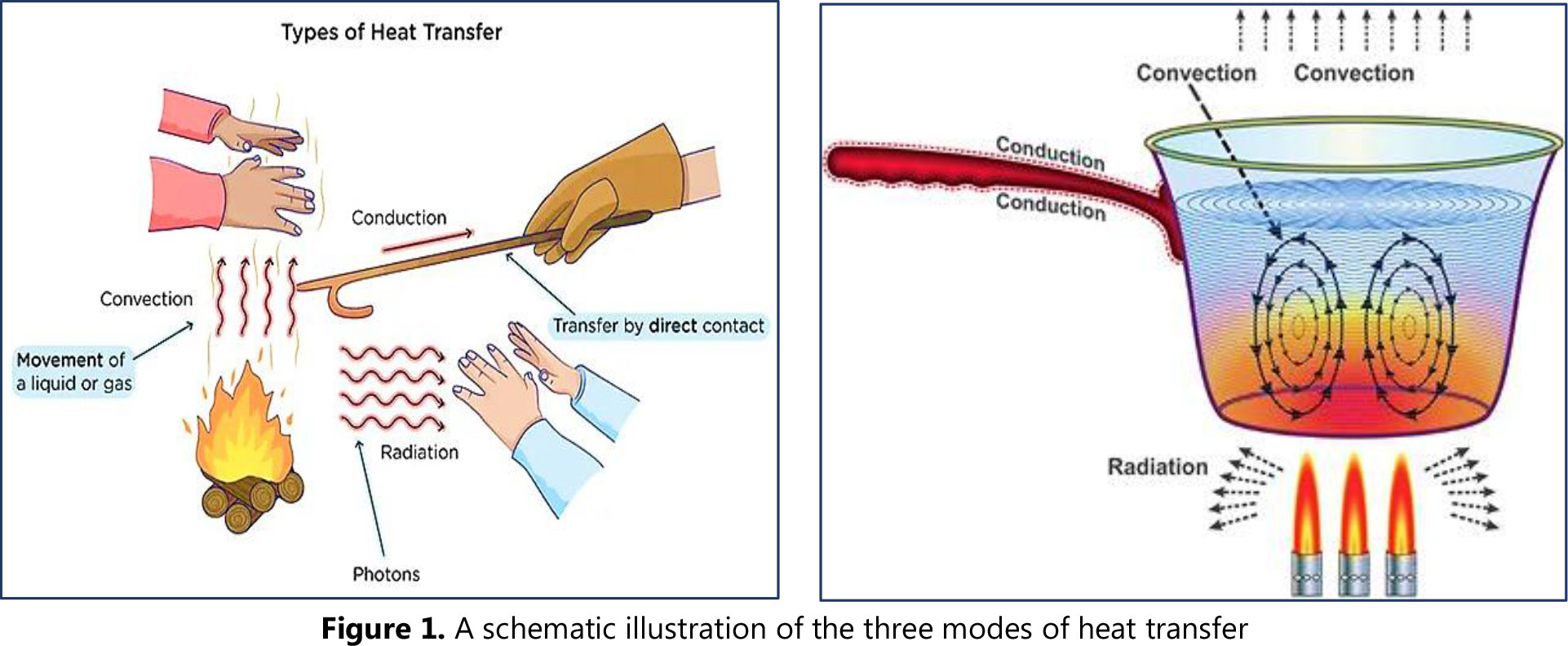
Thermal protection provided by the textile material against heat exposure is a crucial parameter while selecting the right protective clothing. The international standard to determine the extent to which clothing is capable of enduring industrial heat is EN ISO 11612. This standard applies to products for a wide range of end uses where Figure 1. A schematic illustration of the three modes of heat transfer there is a need for clothing with limited flame spread properties and where exposure to radiant, convective or contact heat, or to molten metal splashes can occur. The standard EN ISO 11612 involves a number of different tests, including ISO 9151:2016- Convective Heat (Code B). In the ISO 9151 test, the sample is kept above a flame and the temperature rise is measured at the top by means of a calorimeter. It measures the time needed to attain a temperature rise of 24 °C on the reverse side of the fabric and assigns a class B1, B2 or B3 accordingly. The test result depends on several factors such as fabric composition (fiber type) and its structure (weight per unit area and openness). Usually a higher t24 value indicates a higher class rating or better protection performance of the tested specimen.
A systematic evaluation of the thermal protection performance of woven protective fabrics, having different compositions and fabric weight (GSM- grams per square meter), was conducted by using the convective heat exposure & measurement setup developed in-house at Tarasafe. The aim of the study was to analyse the effects of fiber type & fabric GSM on the measured t12 & t24 values for flame-retardant fabrics, under exposure to an incident convective heat flux of 80 kW/m2 (1.91 cal/cm2.s) as specified in ISO 9151.
Results & Findings
Thermal protection performance of various fabrics was measured three times each & the mean is reported in this study. The graphs presented in the below sections show the average temperature rise on the top side of the fabric (°C) as a function of test duration in seconds. The time needed for temperature rise of 12°C (t12) and 24°C (t24) was observed & is presented in the Table shown along with the graph for each tested specimen. Also shown in the Table is the ‘t24 Index’, a parameter which defines the escape time achieved in milliseconds per unit weight of fabric used. It is calculated by dividing the t24 (milliseconds) by the fabric GSM (grams per m2). Thus the t24 Index can be used to compare the protection level of fabrics having different weights / GSM and a higher Index score generally indicates a better overall protection performance.
a) Cotton: Different Fabric Weights
For cotton FR fabrics, as seen in Fig. a), a distinct impact of fabric weight (GSM) is observed – heavier fabric (Taracomfort CA 320) shows significantly slower temperature rise relative to the lighter one (Taracomfort CA 180), which is expected. The t24 value for 320 gsm fabric is higher than the 180 gsm fabric by 1.65 seconds. However, after normalizing with the GSM of the fabric, the t24 Index score is greater for the lighter fabric, indicating its superior ability to prevent heat transfer to the other side on a per gram basis. It must be emphasized here that the t24 Index represents thermal protection ability that a fabric can provide on per unit weight basis. So a higher Index score may not necessarily mean higher thermal protection in all cases. For instance, if a user needs a t24 value of 5-6 seconds, they have to choose the heavier GSM fabric & not a lighter fabric even though the latter scores more on the Index. The lighter fabric has a t24 value of only 3-4 seconds & thus does not fulfill the user’s requirement. Hence it is recommended to consider both the t24 (or t12) value and the Index score when comparing thermal protection of different fabrics with varying GSMs.
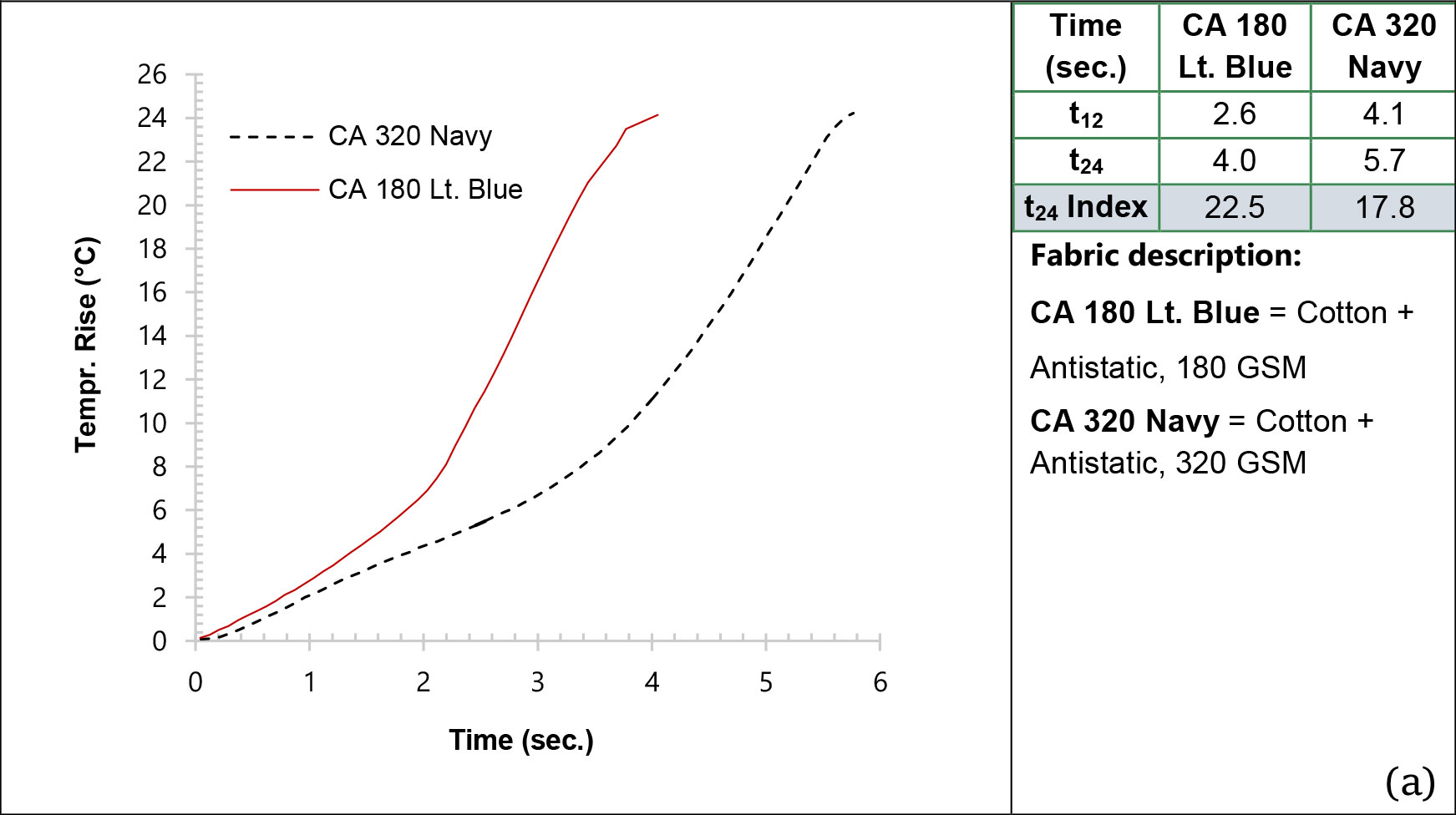
b) Different Fiber Blends: 180-220 GSM
At comparable weight (see Fig. b), cotton fiber-based fabric (Taracomfort CA 220) shows slower temperature rise in the initial 2 to 3 seconds of the test, however it quickly degrades in the later stages (4-6 sec.), hence it ends up with the lower t24 score in comparison to other fibers such as modacrylic cotton multifiber blend (Taramod MA CINCO 200). This clearly shows the role of fibers used to manufacture the protective fabric, in determining its convective heat protection characteristics. Note how the viscose-aramid blend (Taramid VA 180) achieves a similar t24 value despite being quite different than Taracomfort CA 220 at the beginning of the exposure. Based on the t24 Index score, the Taramod MA CINCO 200 has the best overall protection capability amongst the three tested fabrics with similar GSM.
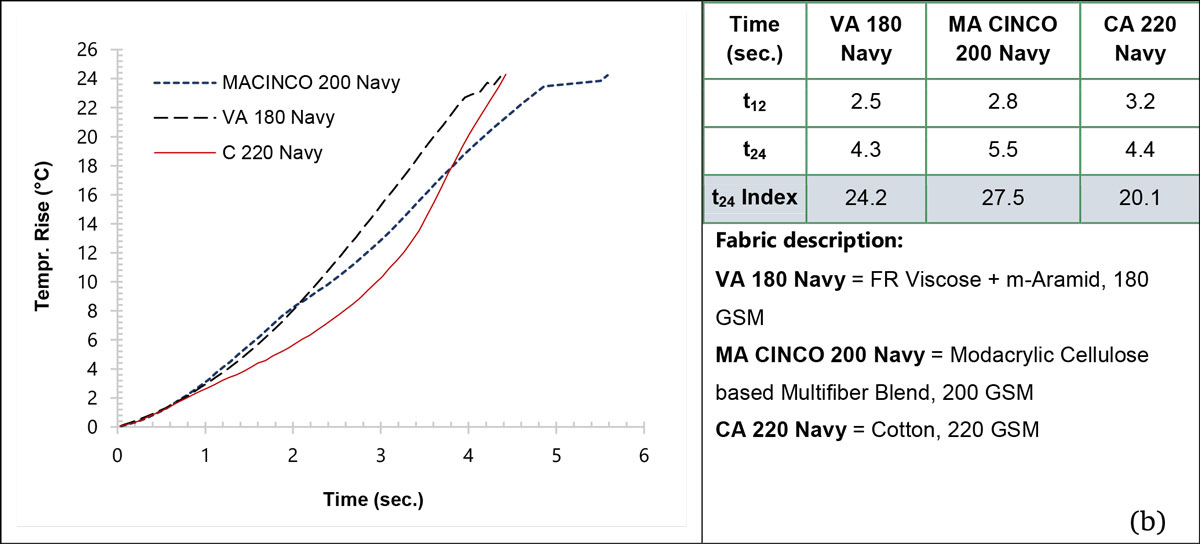
c) Different Fiber Blends: 240-260 GSM
At similar fabric density in the 250 gsm range (see Fig. c), cotton fabric (Taracomfort C 260E) again displays a significantly better insulation initially and also reaches a lower t24 score eventually in comparison to other fibers like viscose-aramid blend (Taramid VA 240). This reconfirms the effect, observed earlier, of fiber type on the fabric’s convective heat protection behavior. It can be seen that Taramid VA 240 is better than the other two fiber blends studied, as per the t24 Index score.
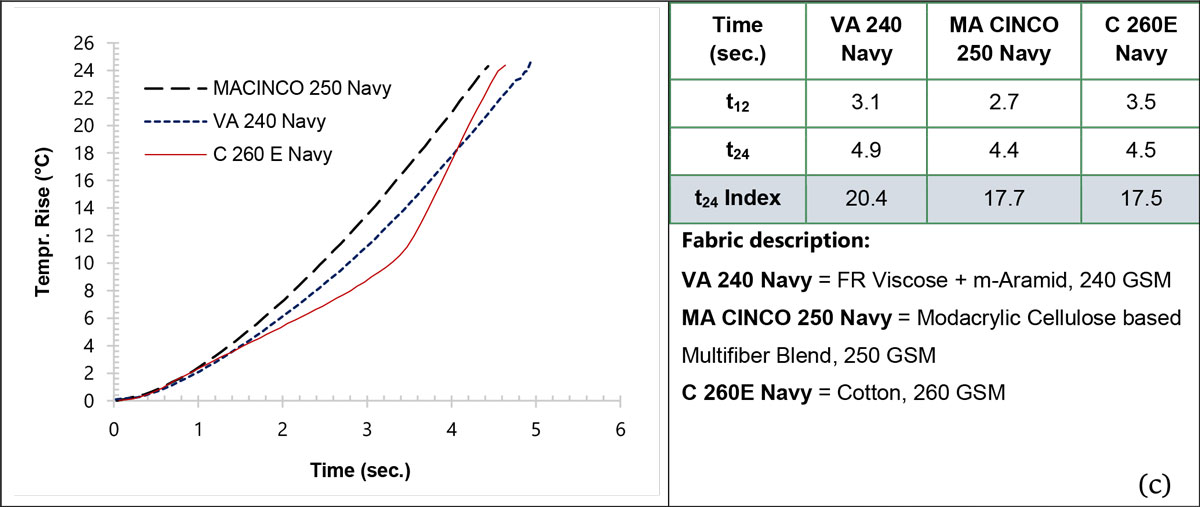
Interim Conclusions
- Fabric gsm and composition significantly affect its thermal protection capability and behaviour under convective heat exposure
- Cotton fabrics can provide better initial protection (0-3 seconds of exposure) in comparison to all other fabrics, whereas inherent FR fiber-based fabrics are capable to give shielding in the later stages of heat exposure
- Based upon above observations it was hypothesized that a garment system with cotton fabric in its outer layer [to provide initial protection, up to about 3 seconds] and an inherent FR fiber-based fabric on the inside layers [to serve as thermal barrier during the later stages of exposure], should lead to an overall improved protection (higher escape time (t24)) for the wearers of such a garment
In the next stage of our study the above hypothesis was evaluated, by testing two-layered systems with different fabrics, using the same methodology as employed in the findings discussed so far. The first fabric in the sample code in the following discussion was exposed to flame during the test.
d) Layered Fabric Systems: Different Fiber Blends, 300-330 GSM
Referring to Fig. d), we do see the better protection from 0 to 3 seconds of exposure with cotton facing (C180-AV120) the flame, but overall performance is not so good. With aramid on the face side (AV120-C180), however, the t24 score improves without affecting the t12 score much. This finding may be explained by aramid fabric shrinkage in this configuration leading to air pocket formation and thus to better insulation. Two aramid layers combined (AA150-AA150) was observed to obtain a much better t24 score than the cotton face option (C180-AV120). Additionally this system achieved similar protection level to that of C180-AV120 in the initial test phase (0-3 seconds). In yet another layered system where modacrylic cotton multifiber blend fabric was facing the flame (MA CINCO200-AV120), the protection level was found to be better than all others in terms of t24 value (7 seconds). However, going by the t24 Index score, the aramid-aramid double layer system (AA150-AA150) was the best among all those tested in this group.
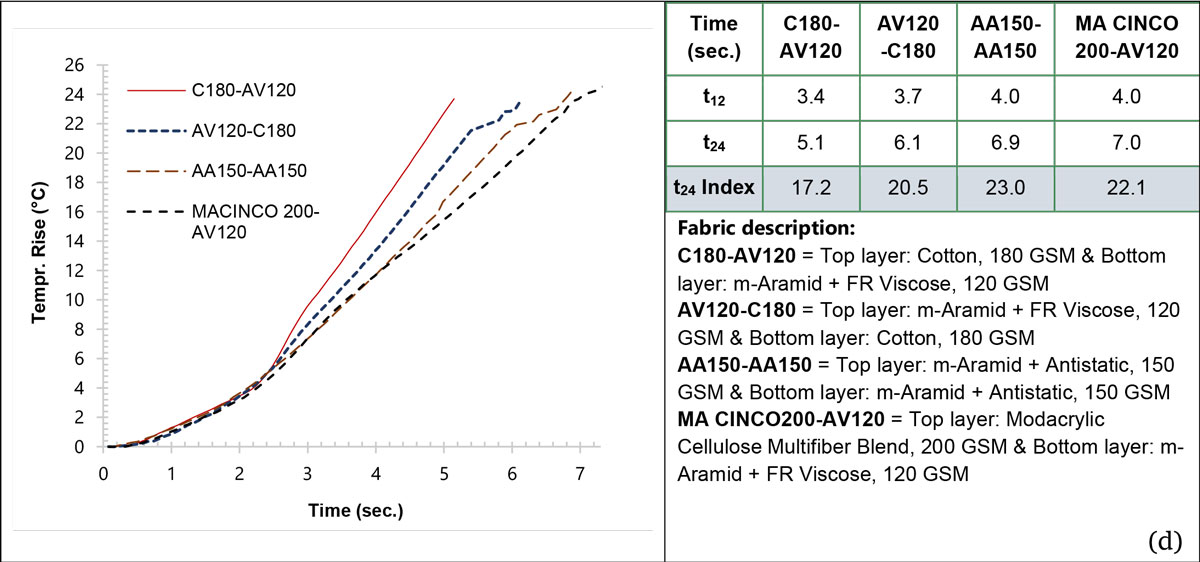
Final Conclusion
While the impact of fabric weight and composition was clearly demonstrated by the results of this study, the hypothesis of using cotton fiber based fabric in the outer layer and inherent FR blend fabric as inner layer for better protection levels was proven wrong. The test results showed that cotton-faced fabric systems were not able to surpass the t12 and t24 levels achieved by inherent FR fabric-faced multilayer systems.

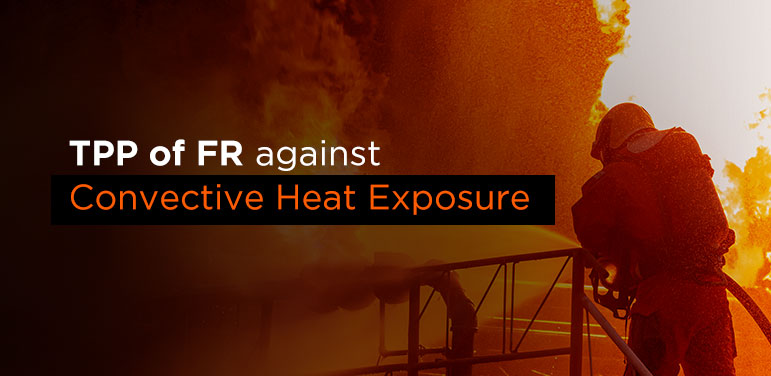
Leave a Reply